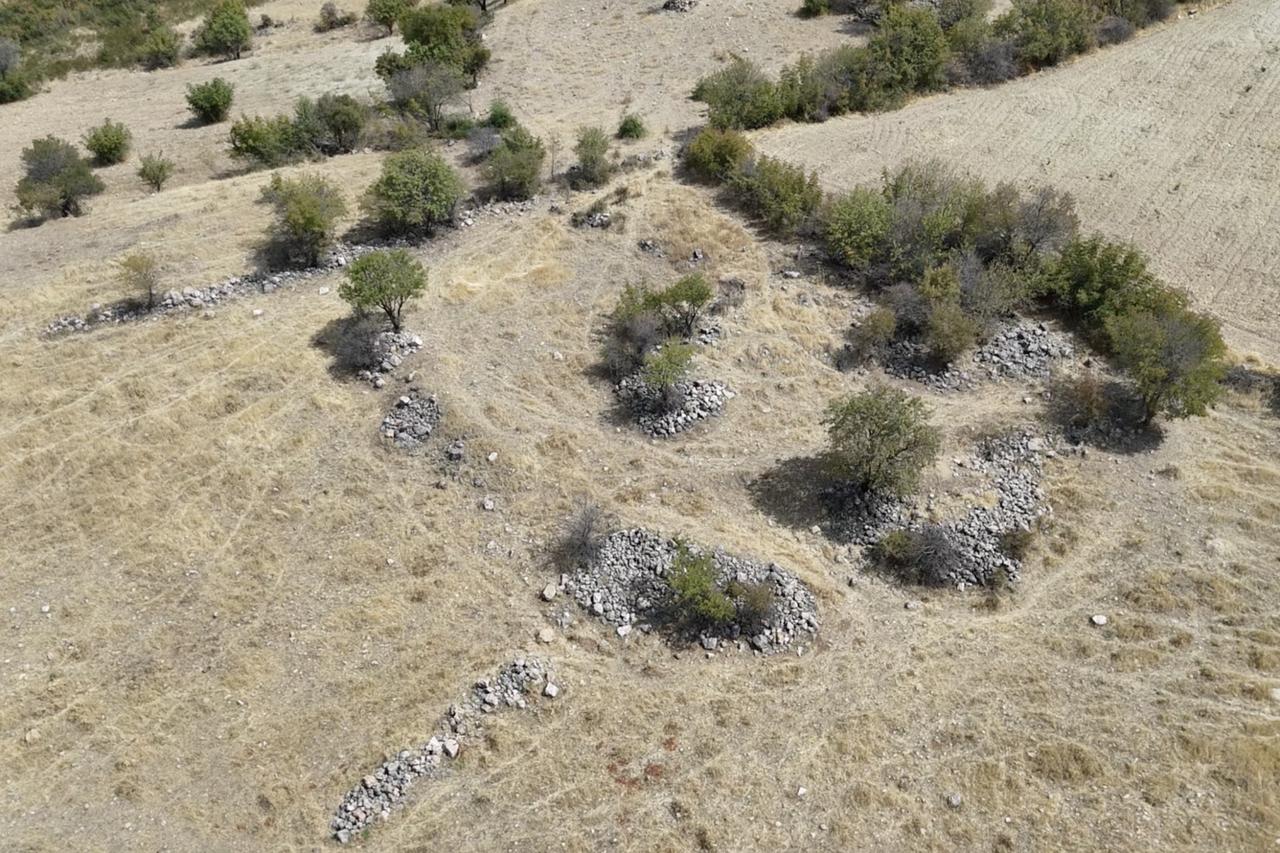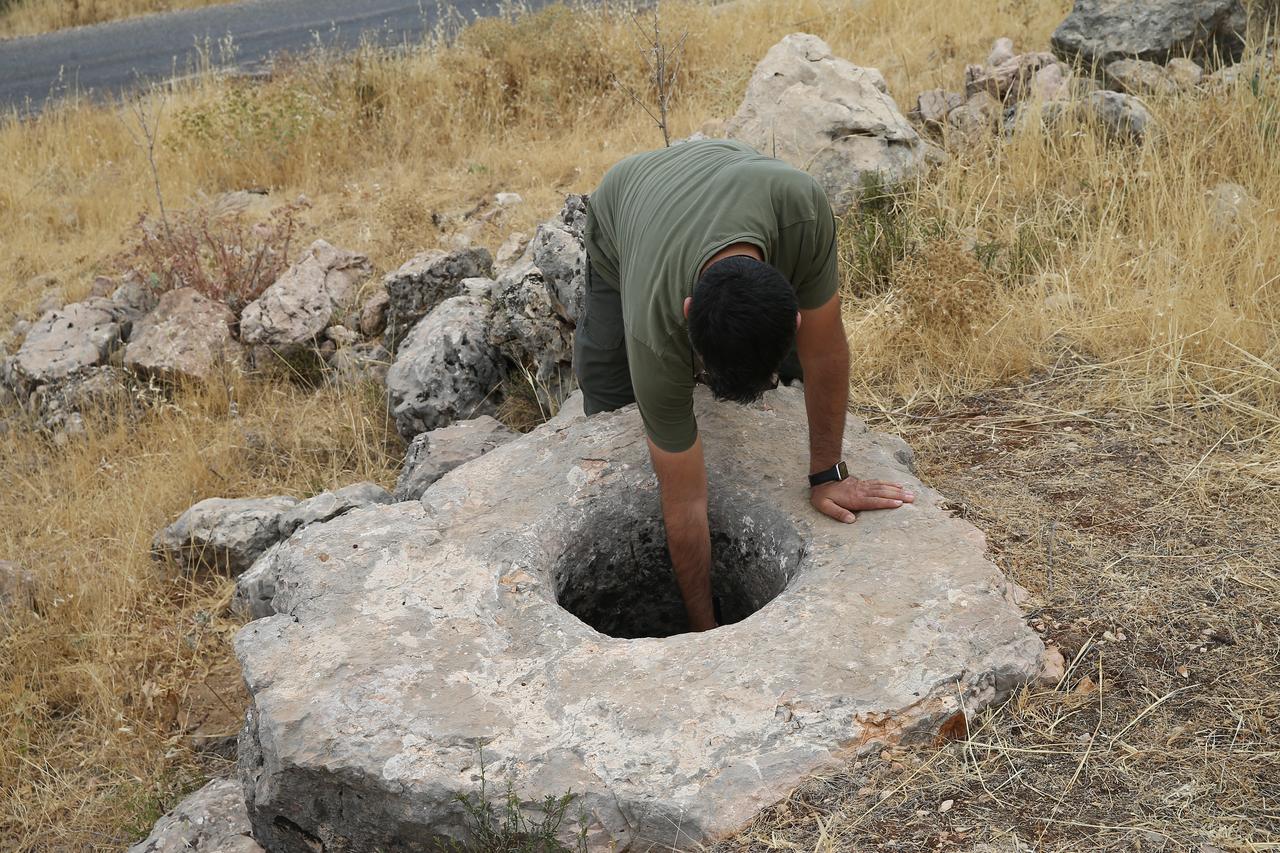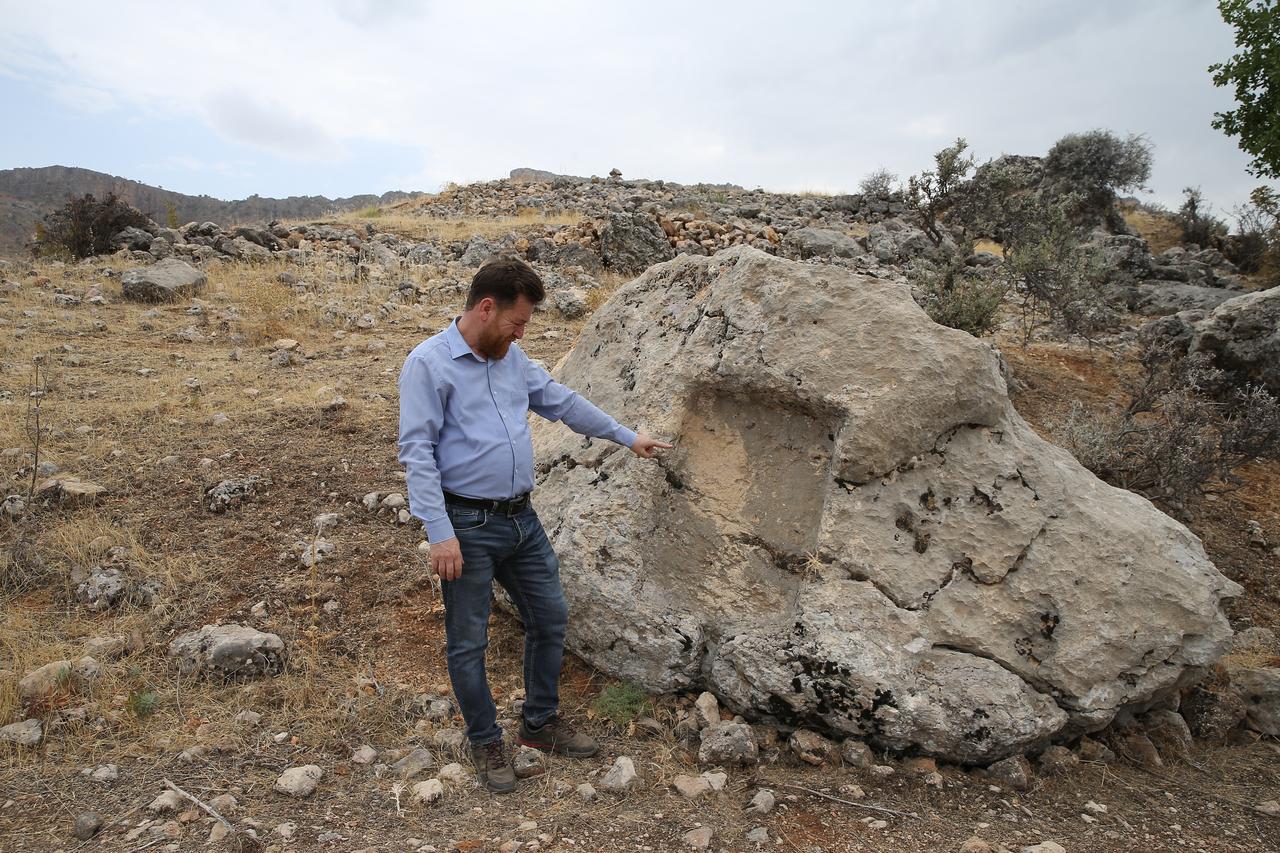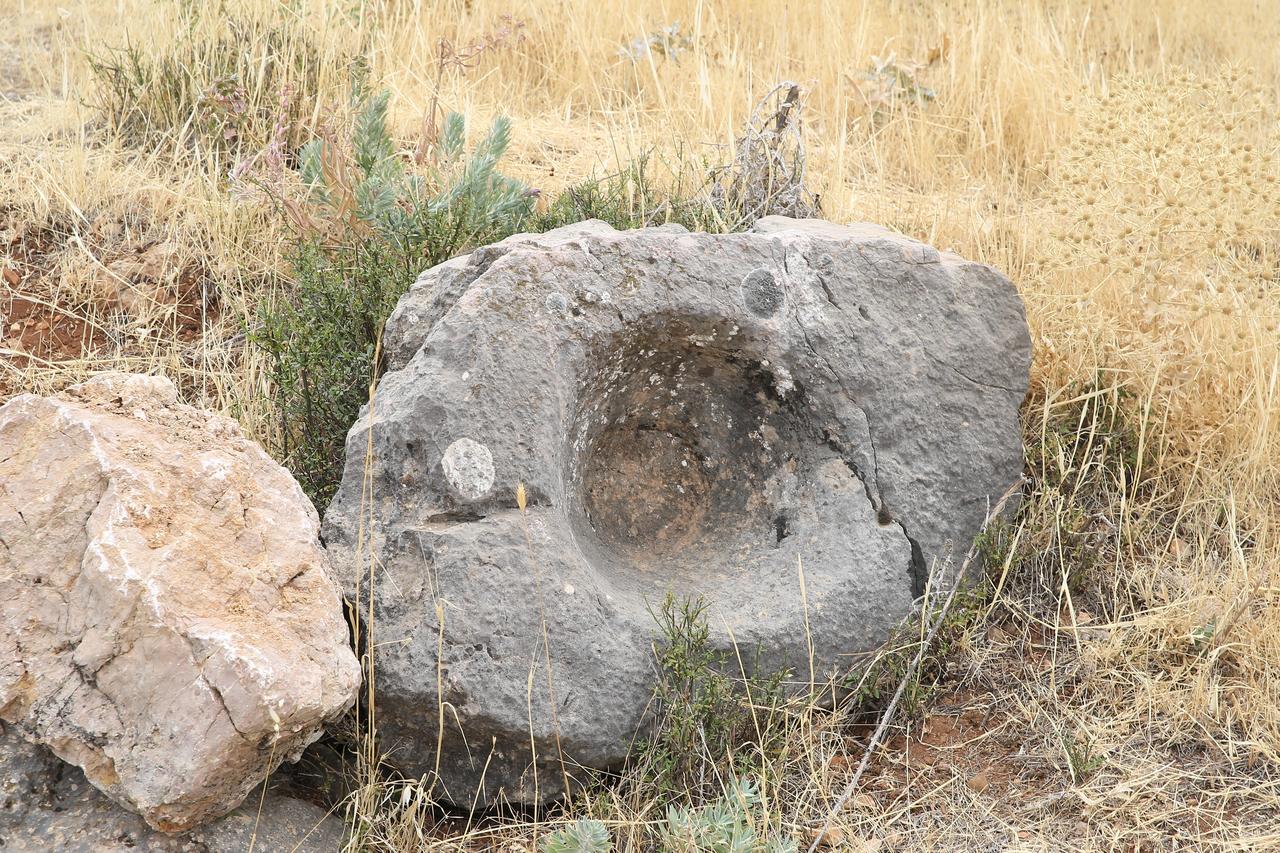
Archaeologists have identified a Roman-era settlement covering roughly 15 hectares (37 acres) in the countryside of Gerger district, Adiyaman, Türkiye. A museum team surveying a mountainous zone near Oymakli village recorded a dense scatter of grape presses, cisterns, grinding stones, and building foundations, pointing to an organized site dating to the 4th century A.D.

Adiyaman Museum Directorate launched the inspection after fragments thought to be historical surfaced in the area.
During on-site checks, researchers came across multiple grape presses (installations for crushing grapes), water-storage cisterns, grinding stones, and the base courses of structures that still stand out on the surface.

Museum Director Mehmet Alkan said the cluster of remains indicates many structures and added that the location, being close to Kahta Castle, was used as a settlement area.
He noted that architectural traces belong to the Roman period and that numerous foundations survive across the tract.

Alkan underlined the industrial character of the finds, stating: “The presence of more than one grape press most likely points to a wine-production place on an industrial scale.”
He added that “structures dating back 1,600 years show us this was a very important area.” According to him, the walls were built with unworked stones, and further detailed study could bring new surprises to light.
Authorities will apply to the Sanliurfa Regional Council for the Protection of Cultural Assets to register the area, a procedural step intended to secure legal protection and guide future research.